Science News
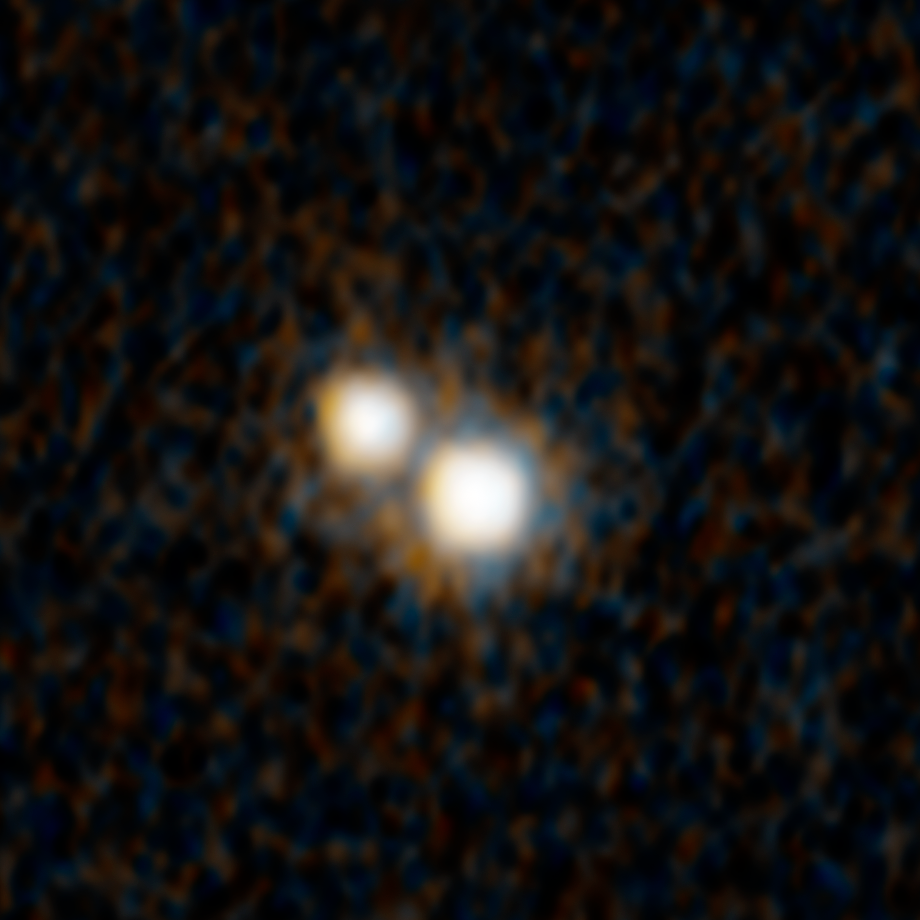
A Dual Quasar Shines Light on Two Supermassive Black Holes on a Collision Course Inside a Galaxy Merger
Maunakea, Hawaiʻi – Astronomers have made a rare discovery in the early universe involving two actively feeding supermassive black holes …
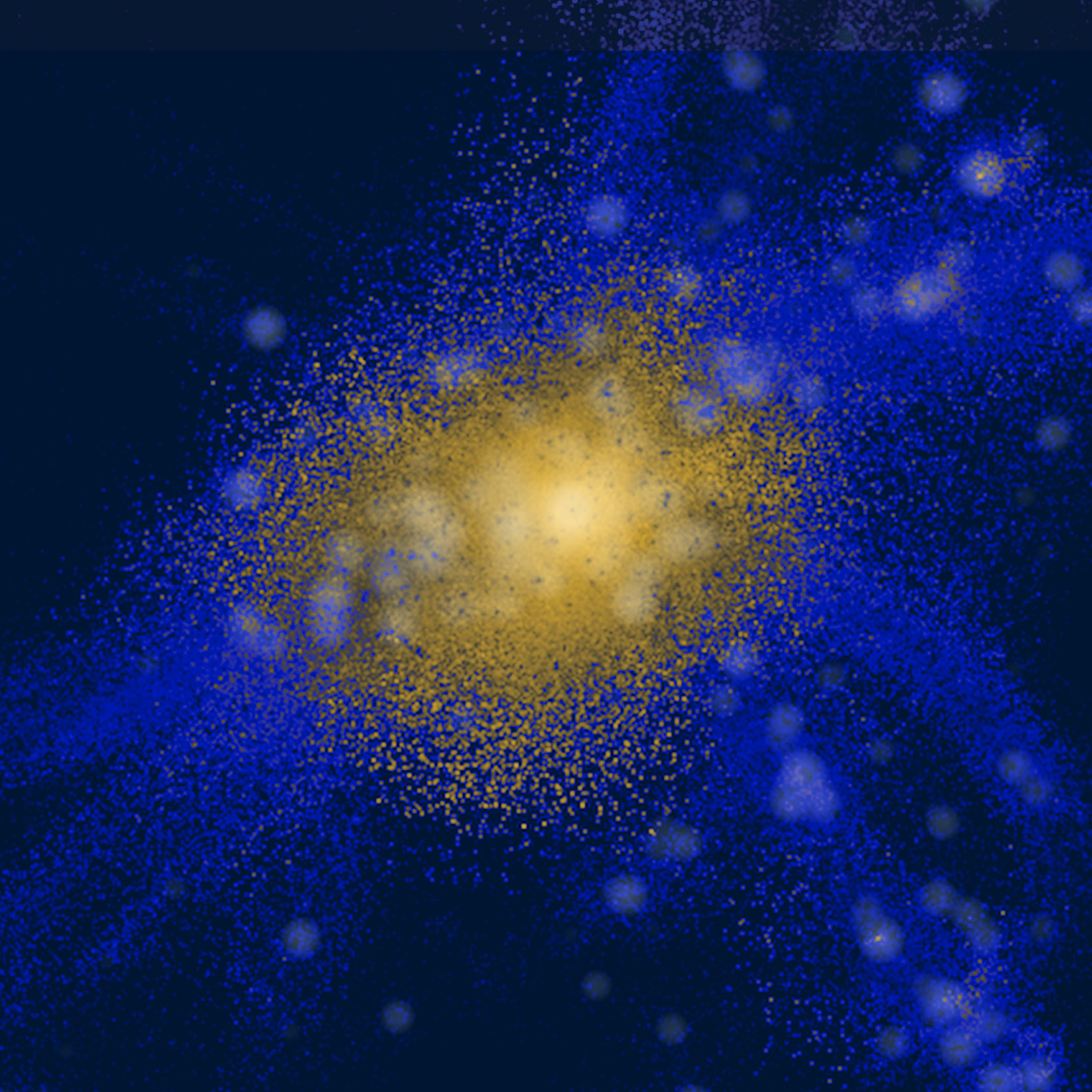
The First Bubble in the Intergalactic Stew
Maunakea, Hawaiʻi – Astrophysicists using W. M. Keck Observatory on Maunakea in Hawaiʻi have discovered a galaxy protocluster in the …
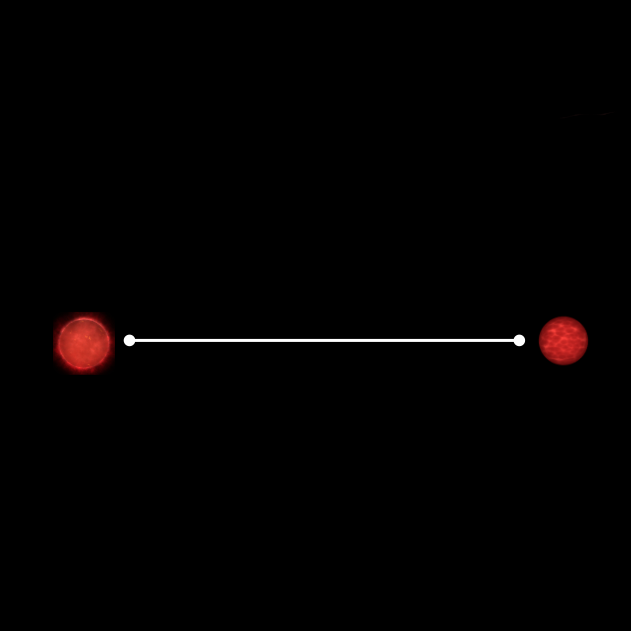
Ultracool Dwarf Binary Stars Break Records
Maunakea, Hawaiʻi – Northwestern University and the University of California San Diego (UC San Diego) astrophysicists using W. M. Keck …
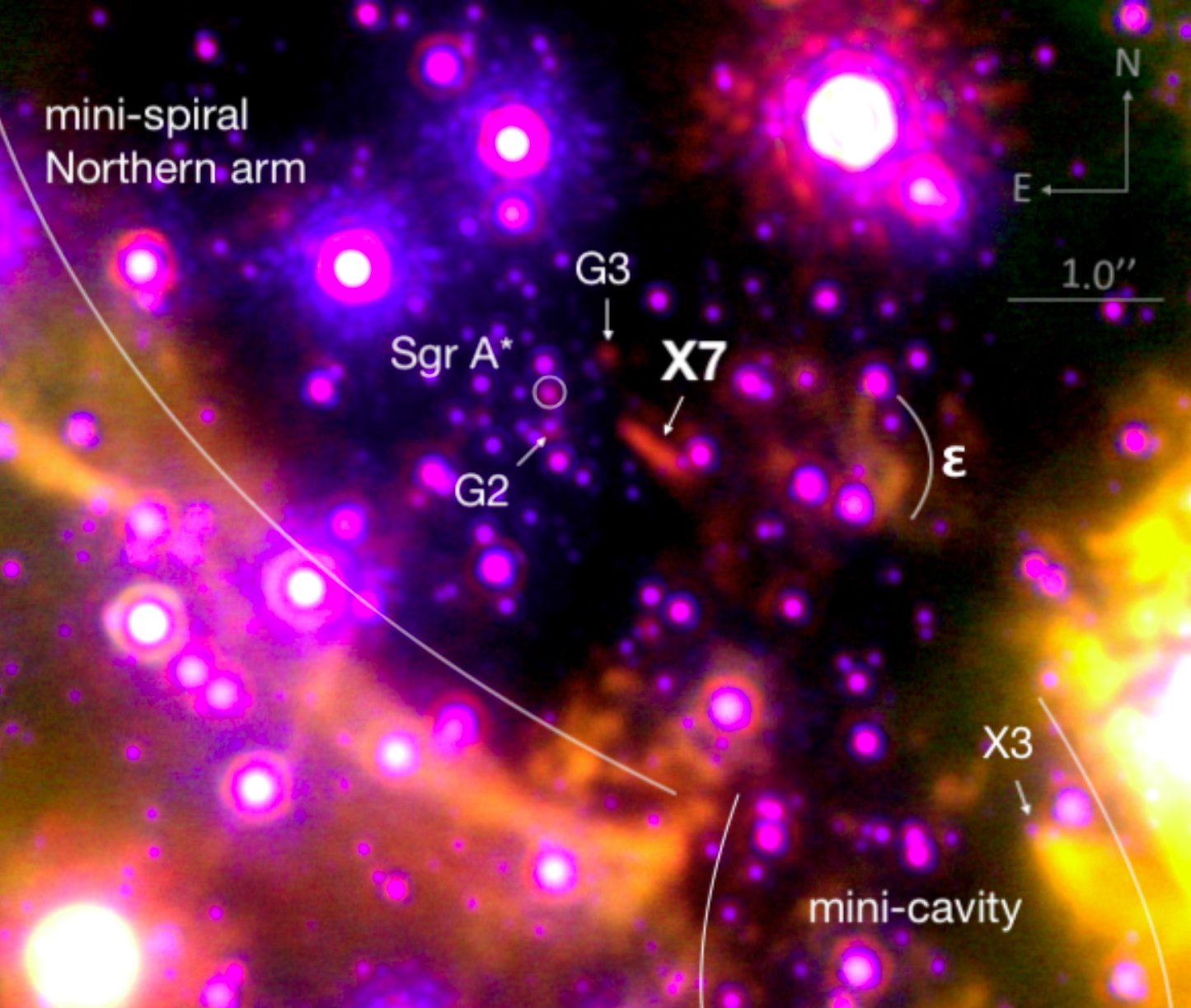
The Swansong of a Cloud Approaching the Milky Way’s Supermassive Black Hole
Maunakea, Hawaiʻi – Two decades of monitoring from W. M. Keck Observatory on Maunakea in Hawaiʻi reveals a peculiar cloud …
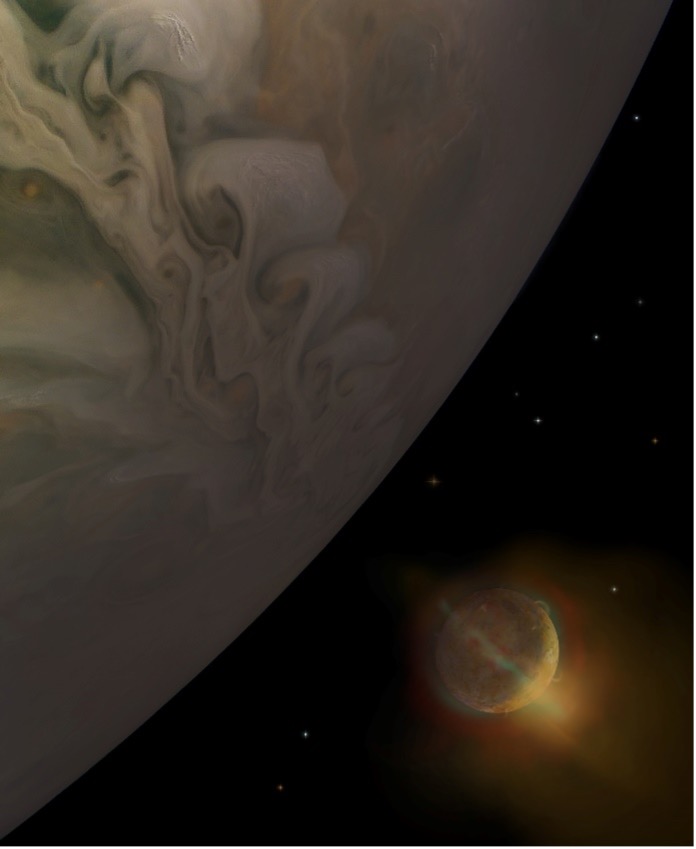
New Aurorae Detected on Jupiter’s Four Largest Moons
Maunakea, Hawaiʻi – Astronomers using W. M. Keck Observatory on Maunakea in Hawaiʻi have discovered that aurorae at visible wavelengths …
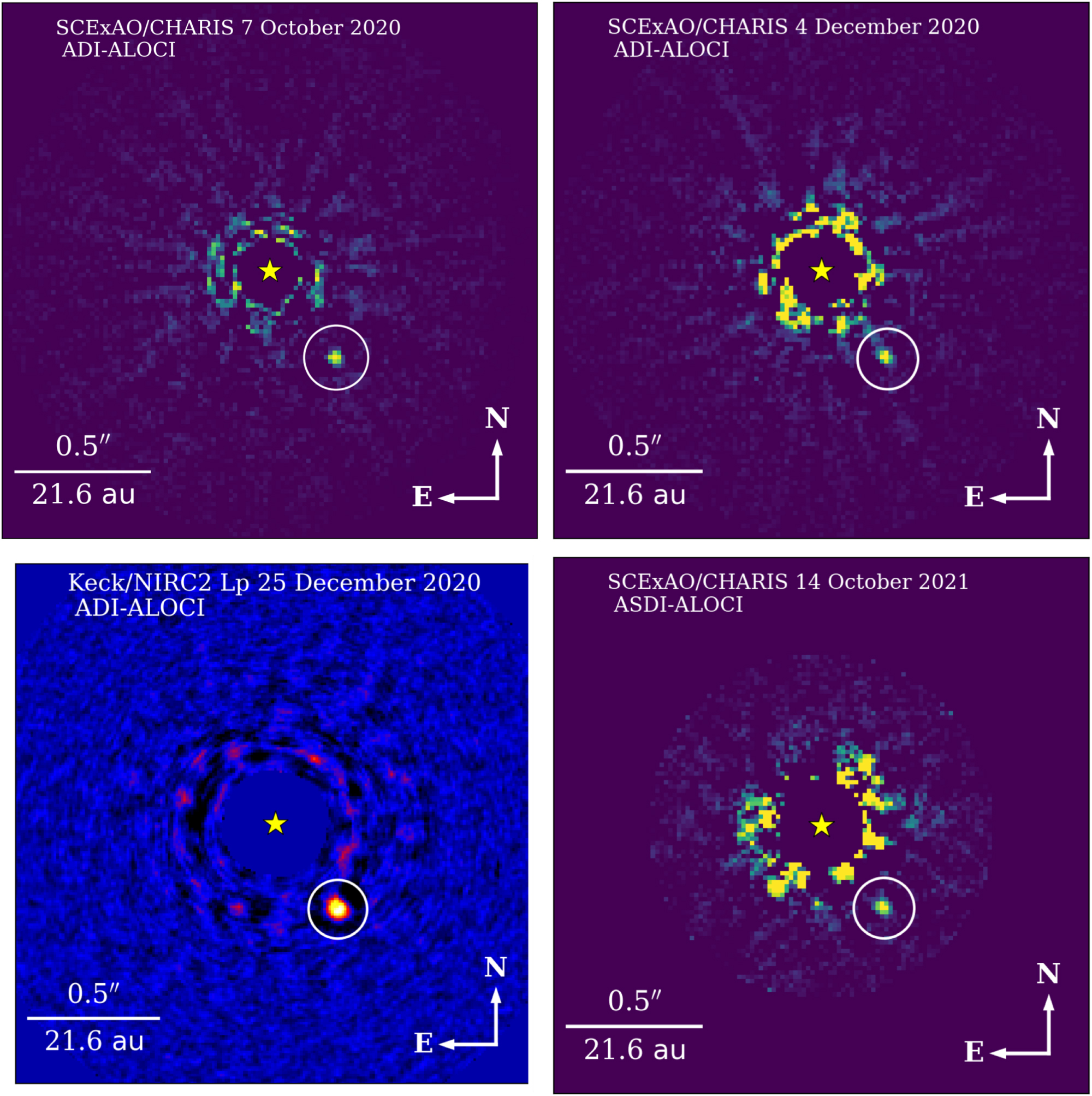
Astronomers Snap First Confirmed Direct Image of a Brown Dwarf Orbiting a Star in the Hyades Cluster
Maunakea, Hawaiʻi – A team of astronomers using two Maunakea Observatories in Hawaiʻi – W. M. Keck Observatory and Subaru …
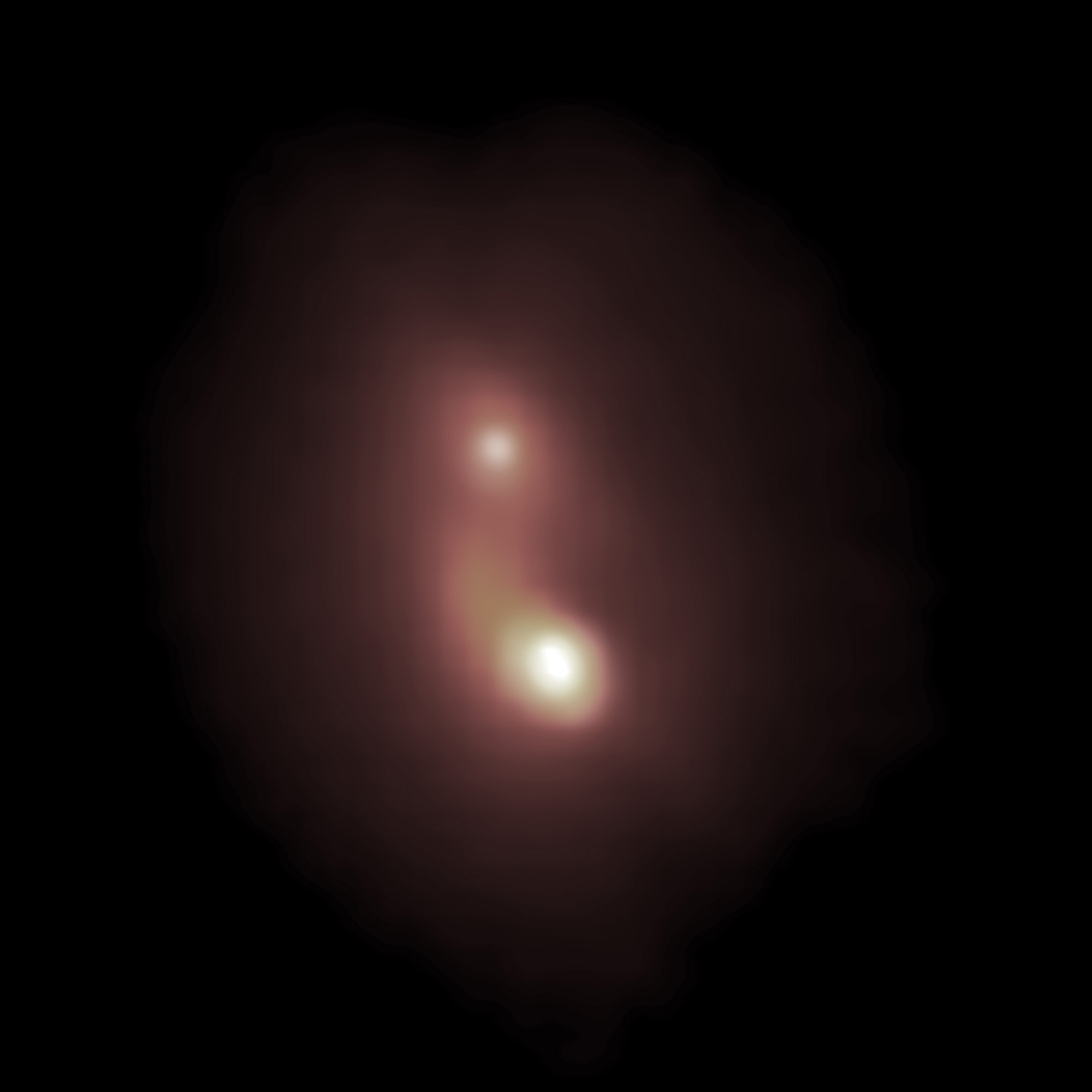
A Pair of Black Holes Dining Together in Nearby Galaxy Merger
Maunakea, Hawaiʻi – While studying a nearby pair of merging galaxies, scientists discovered two supermassive black holes growing simultaneously near …
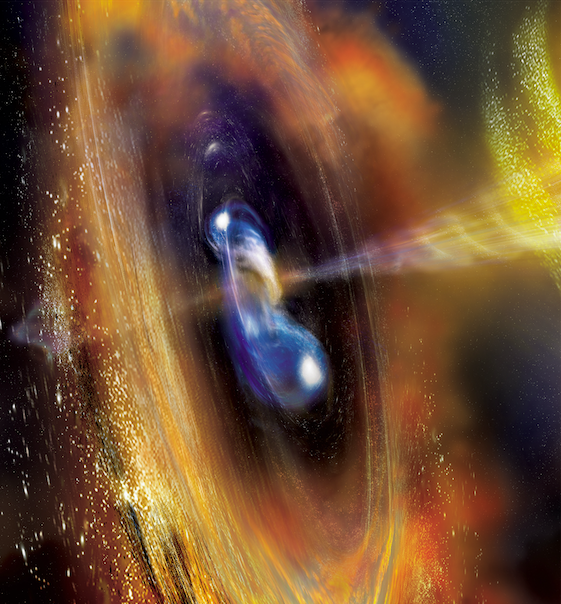
Surprise Kilonova Upends Established Understanding of Long Gamma-ray Bursts
Long Gamma-ray Bursts Can Be Generated by Neutron Star Mergers, Study Finds Maunakea, Hawaiʻi – For nearly two decades, astrophysicists …
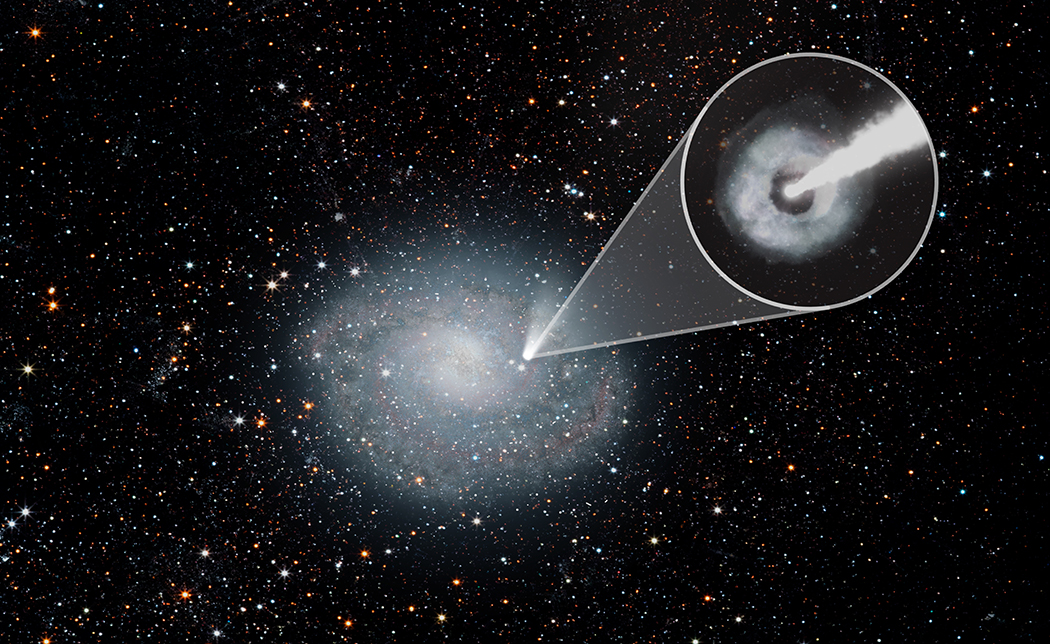
Tracing the Origins of Rare, Cosmic Explosions
Astronomers Produce the Most Robust Catalog to Date of Short Gamma-Ray Burst Hosts Maunakea, Hawaiʻi – A team of astronomers …
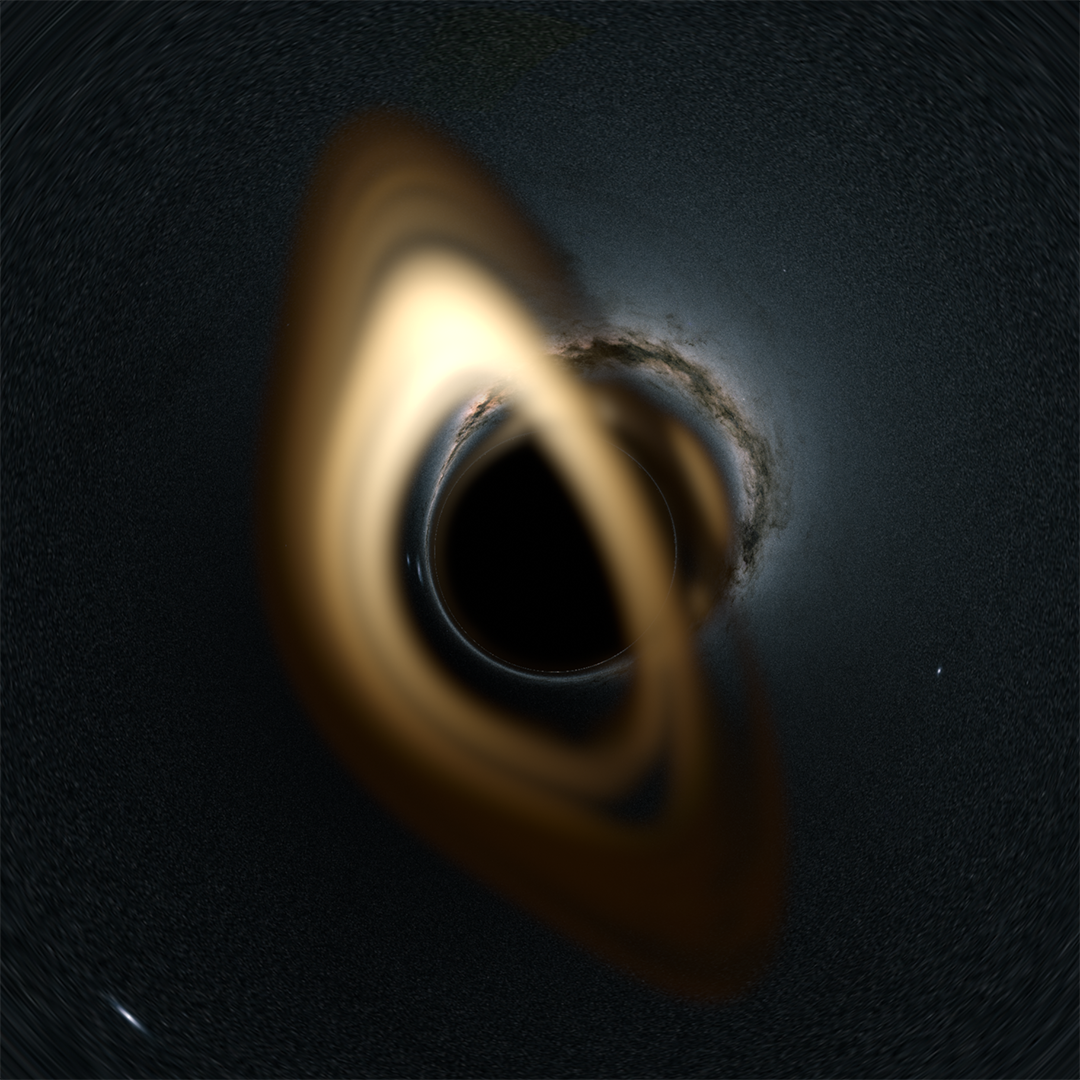
New Record: Nearest Known Black Hole to Earth Discovered
Maunakea, Hawaiʻi – Astronomers using two Maunakea Observatories, W. M. Keck Observatory and the Gemini North telescope, have found the …
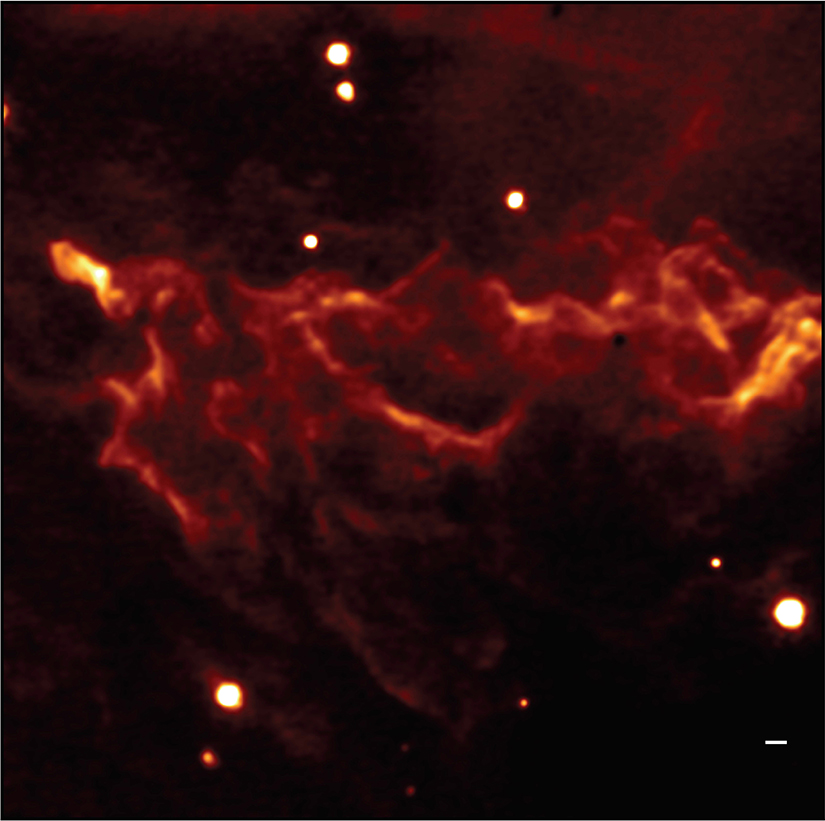
Massive Stars’ Blasts Hitting Orion’s “Sword” Mapped in Unprecedented Detail Using Hawaiʻi Telescope
Maunakea, Hawaiʻi – Astronomers using W. M. Keck Observatory on Hawaiʻi Island have captured from Maunakea the most detailed and …
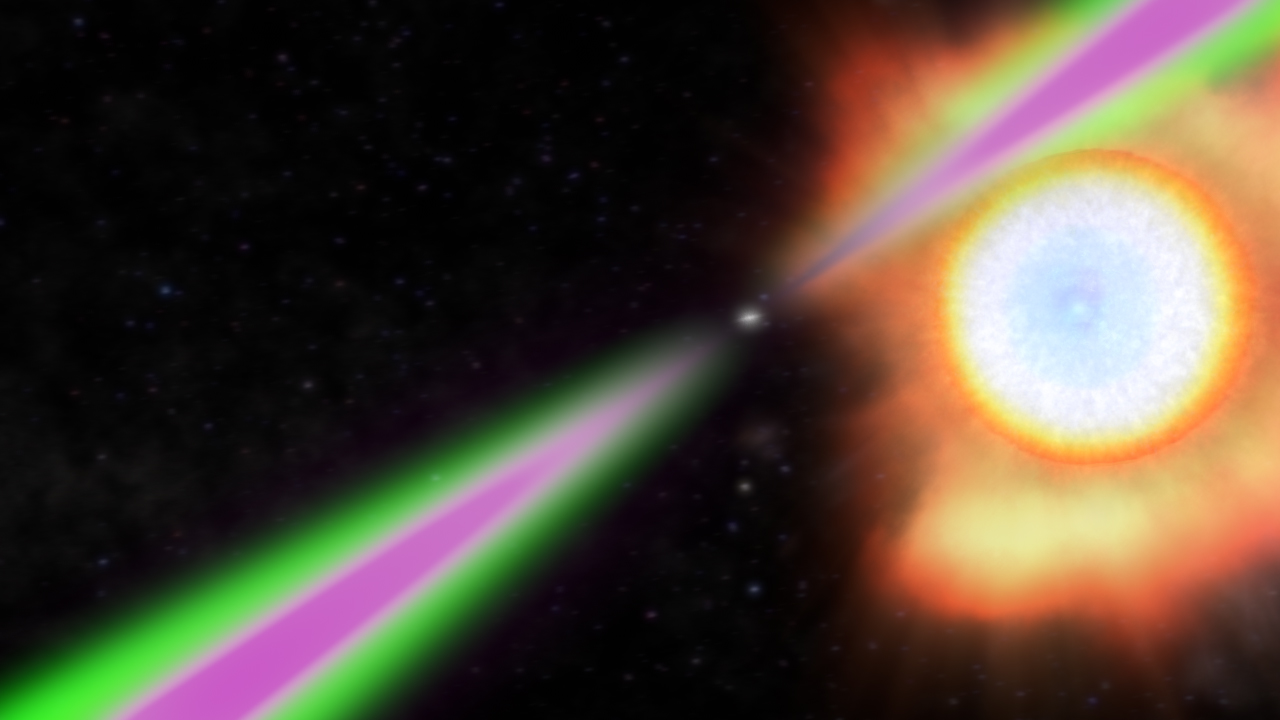
Heaviest Neutron Star to Date is a ‘Black Widow’ Eating its Mate
Maunakea, Hawaiʻi – A dense, collapsed star spinning 707 times per second — making it one of the fastest spinning …

